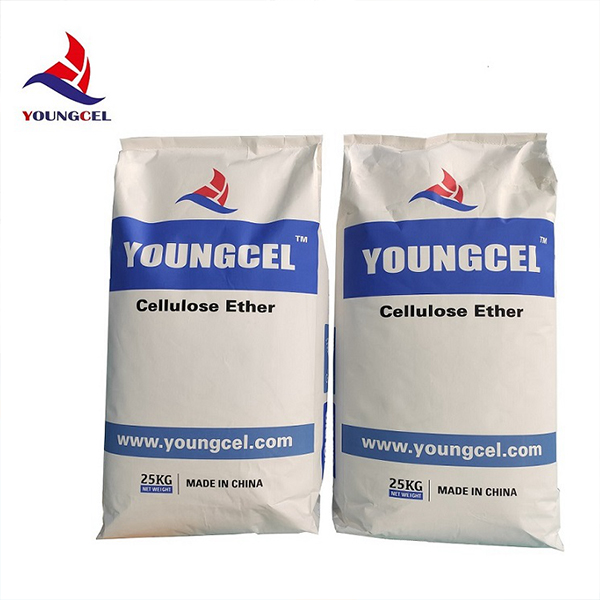Chemicals for Making Cement A Comprehensive Overview
Cement is an essential binding material that plays a crucial role in the construction industry. Recognized for its ability to harden and set when mixed with water, cement provides the structural backbone for infrastructure, buildings, and various construction projects. The production of cement involves a series of chemical reactions, primarily taking place during the manufacturing process. In this article, we will explore the key chemicals involved in making cement, their functions, and the chemical reactions that take place.
Major Raw Materials
The two major raw materials used in cement production are limestone and clay. Limestone, primarily composed of calcium carbonate (CaCO3), serves as the principal source of calcium, which is a crucial element in cement formation. Clay, on the other hand, contains various other minerals, including silica (SiO2), alumina (Al2O3), and iron oxide (Fe2O3), which contribute to the overall chemical composition of cement.
1. Calcium Carbonate (CaCO3) As the primary source of calcium, limestone undergoes thermal decomposition during cement production. When heated in a kiln, calcium carbonate breaks down to form calcium oxide (CaO) and carbon dioxide (CO2) through the following reaction \[ CaCO3 \rightarrow CaO + CO2 \uparrow \]
2. Silica (SiO2) Silica is essential for forming silicates, which are vital for developing the cement's strength. It is typically sourced from clay or siliceous materials. When combined with calcium oxide during the burning process, it forms dicalcium silicate (C2S) and tricalcium silicate (C3S), the primary compounds contributing to cement strength and setting properties.
3. Alumina (Al2O3) Found in clays, alumina plays a significant role in the formation of cement's complex mineral structures. It combines with calcium to form calcium aluminates, which contribute to the early-stage heat generation in the hydration process.
4. Iron Oxide (Fe2O3) Iron oxide influences the color of the cement and enhances its properties. It is critical for producing ferrites, which influence the cement's drying shrinkage and heat of hydration.
chemicals for making cement

Chemical Reactions in Cement Production
The chemical processes occur mainly during the kiln's high-temperature phase, typically between 1400°C and 1600°C. As the raw materials are heated, a series of complex reactions take place
- Formation of Clinker The primary product of cement manufacturing is clinker, which consists mainly of the aforementioned compounds. The heating process leads to the formation of C3S and C2S from the reaction of CaO, SiO2, and Al2O3. The reaction can be summarized as follows \[ 3CaO + SiO2 \rightarrow C3S \] \[ 2CaO + SiO2 \rightarrow C2S \]
- Cooling and Grinding After the clinker is formed, it is rapidly cooled and then ground into powder. The final product is ordinary Portland cement, which is a blend of clinker and gypsum (CaSO4·2H2O) to control setting time.
Additives and Alternatives
In addition to the primary chemicals, various additives can enhance cement properties. These include fly ash, slag, and natural pozzolans, which can improve strength, workability, and durability while reducing the carbon footprint. Such materials can partially replace Portland cement, contributing to more sustainable building practices.
Conclusion
In conclusion, the chemistry behind cement production is fundamental to understanding its role in modern construction. Comprising key raw materials like limestone and clay, each chemical component plays a specific role in the formation and functionality of cement. The intricate chemical reactions during the manufacturing process result in a versatile and vital binder used globally in various construction applications. As the industry continues to evolve, the emphasis on sustainable practices and alternative materials becomes increasingly critical, paving the way for a greener future in cement production.
-
The Application and Significance of Construction RdpNewsMay.19,2025
-
Industrial Grade HpmcNewsMay.19,2025
-
Building Coating Adhesive Building Coating Adhesive HpmcNewsMay.19,2025
-
Application Of Hpmc For Detergent For Detergent In DetergentsNewsMay.19,2025
-
Application Of Hpmc Cellulose In Cement-Based MaterialsNewsMay.19,2025
-
Application Of High Quality Hpmc For Construction In The Field Of ConstructionNewsMay.19,2025




